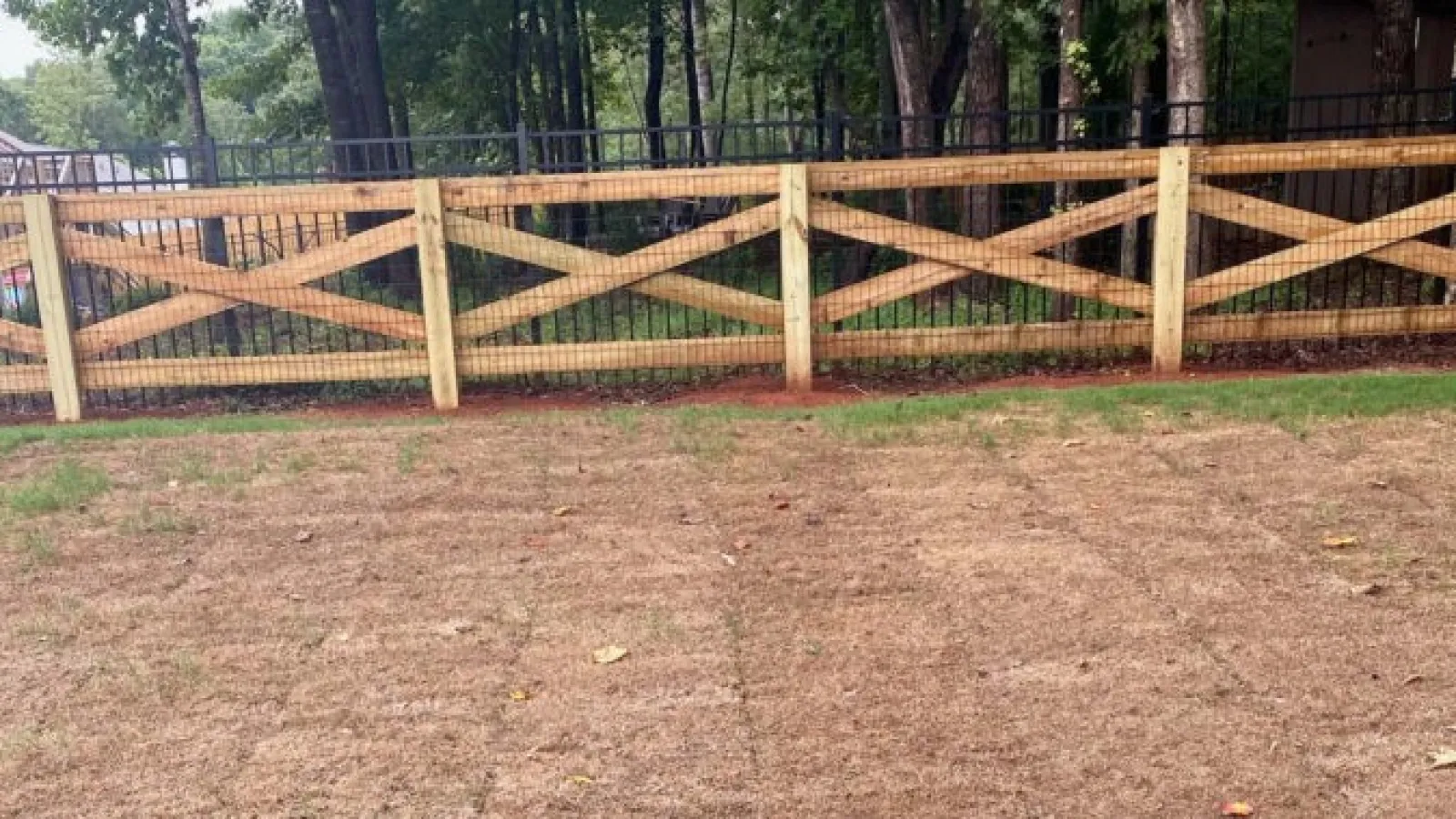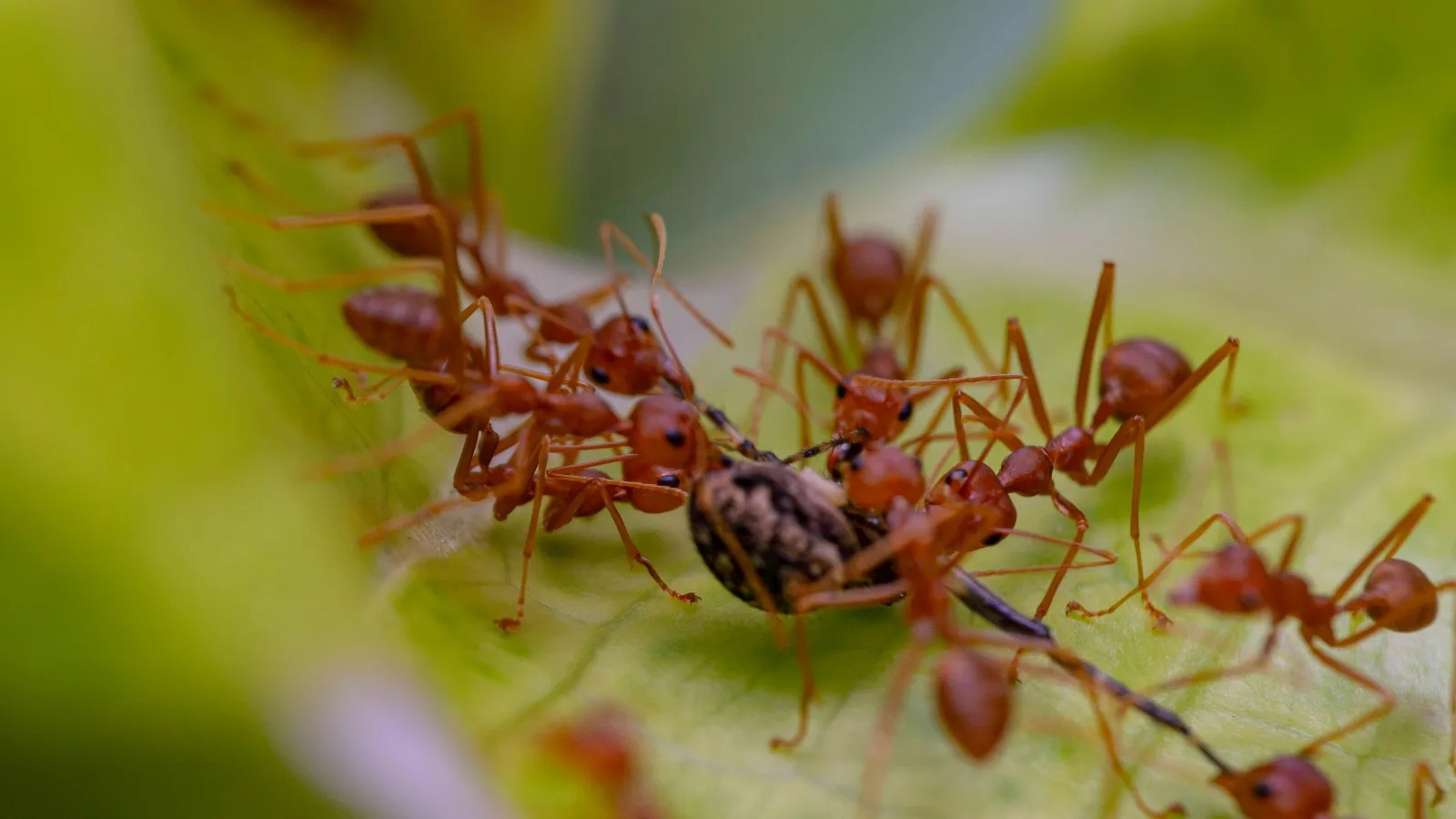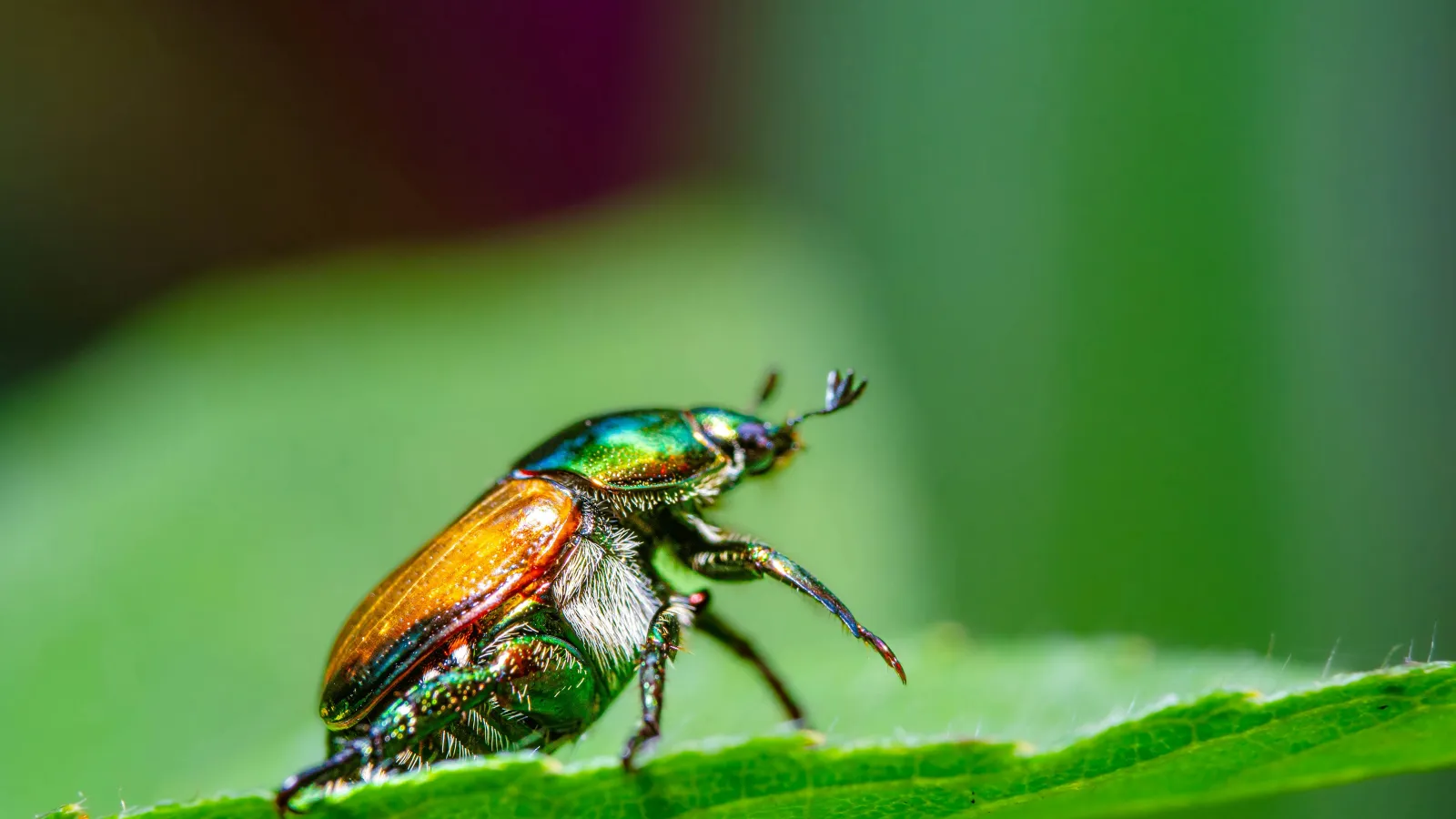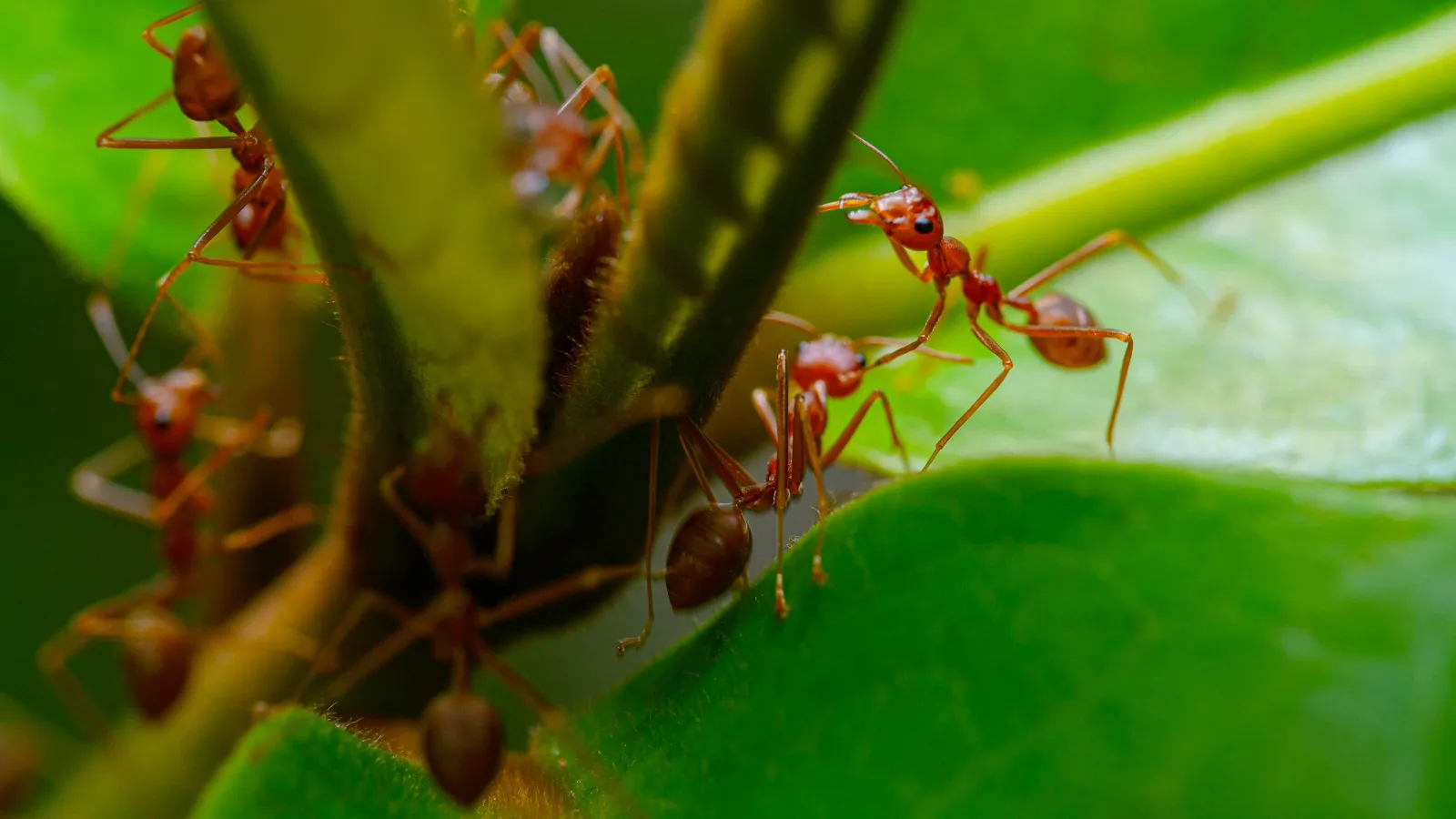
Don’t Let Fall Armyworms March On Your Lawn
Fall Armyworms
They move like a military militia and take over a battle-ground before their enemy has a chance to fight back, but these are not your typical soldiers. These are fall armyworms. Armyworms—appropriately named for their intense warfare on residential lawns—are insects that exist every year, but attack unpredictably.
What are Armyworms?
Fall armyworms are destructive pests that consume agricultural crops, but especially prefer turf grasses such as Bermuda, Fescue, Rye and Bluegrass. While they eventually become moths, the worm-like larvae stage of their life-cycle—caterpillar—proves to cause the most damage.
In the caterpillar stage, armyworms typically measure 1.5 to 2 inches long, with heads that have a very distinctive inverted “Y” marking. Their bodies have a series of green, yellow, red or brown stripes down their sides and backs.

Once an armyworm moth lays its eggs in the grass, the eggs will hatch in 2 to 3 weeks and the larvae will remain just below the soil surface—between the roots and thatch. The female armyworm moth can lay up to 1,000 eggs in masses once she sets up camp.
While fall armyworm infestations are unpredictable in their damage severity, many armyworms are more active after periods of above-average amounts of rain in August and September.
Signs of Armyworm Damage
Unfortunately, armyworm damage typically goes unnoticed until the damage is done. Once the larvae hatch, they begin a mass feeding on the grass,and they will eat the whole leaf blade.
One of the first signs of visible fall armyworm damage is large brown patches of grass throughout the lawn. As the larvae feed, they leave brown patches in the lawn that can be mistaken as heat, drought or even chemical stress. The brown areas start small and grow every day as they methodically continue to eat.
When looking closer at the grass blades at the perimeter, the leaves may appear to be chewed or torn, while the leaves in the center of the yard will appear to be cut right off the surface.

Fall Armyworms Are Most Common In New Sod
In our area, fall armyworms most commonly show up in new sod. The eggs are already on the sod and hatch after the sod is laid. As they eat and the sod turns brown, homeowners tend to water the lawn more, as they think the grass is dry. If you look close at the leaves, you will see the leaves are chewed off leaving stubble behind as they only want the green part.
Some Years Are Worse Than Others
Armyworms go through a generation every 6 weeks or so, and some years, each generation travels northward, as the moths can fly 60 miles with wind. Because of this, fall armyworm pressure varies from year to year. Some years, damage is sporadic; in others, we get millions of these lawn destroyers.
Controlling & Preventing Armyworm Damage
The hard part about controlling armyworms is that it’s better to catch them early, before it’s too late. But they are easier to see at night as they hide low from birds during the day. Careful inspection is especially important when it comes to armyworms, due to the rapid nature of their feeding. Chemical control is the most reliable method; however doing this without an expert could lead to further damage. Unfortunately, prevention is difficult because of their sporadic nature. About the only way to prevent them is to treat your lawn if your neighbor has them, because they will ‘march’ their way into your lawn.
If you suspect you have fall armyworms, contact the professionals at Turf Masters.


